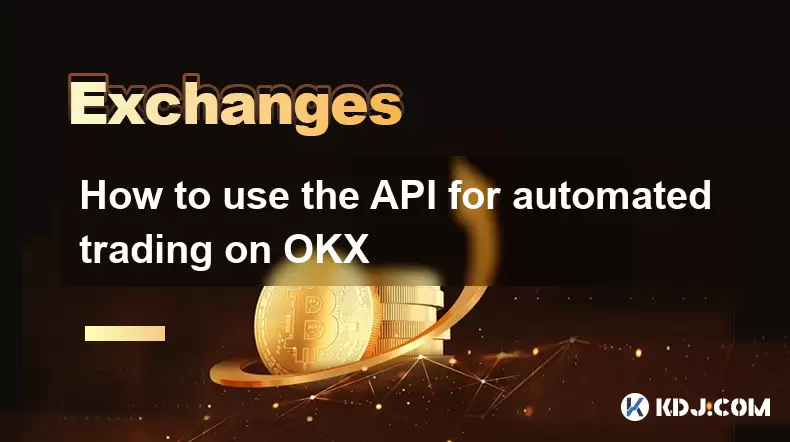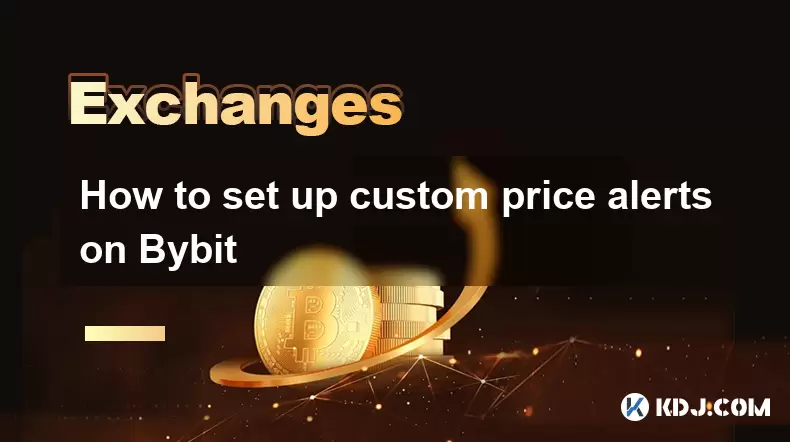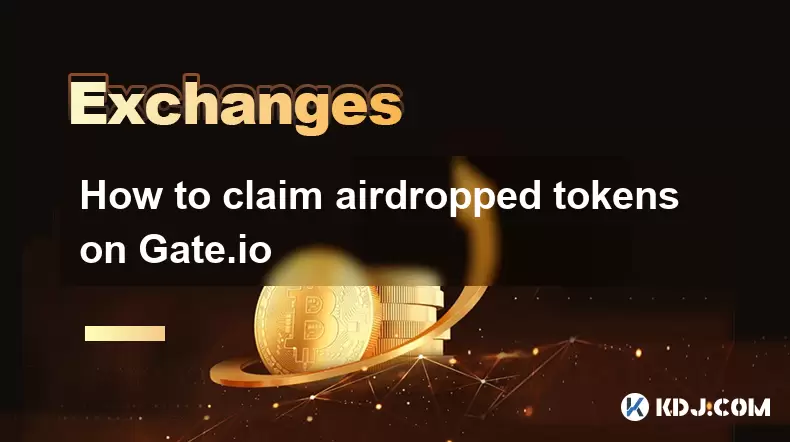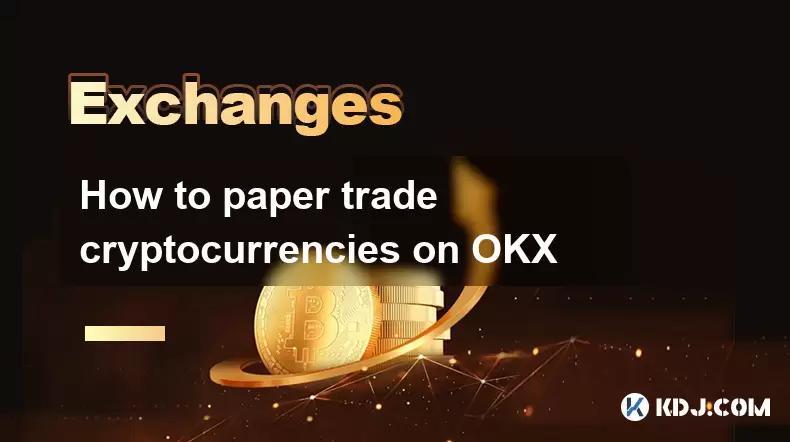-
 Bitcoin
Bitcoin $116700
2.16% -
 Ethereum
Ethereum $3830
5.76% -
 XRP
XRP $3.082
4.56% -
 Tether USDt
Tether USDt $1.000
0.04% -
 BNB
BNB $777.8
1.96% -
 Solana
Solana $173.2
5.46% -
 USDC
USDC $0.0000
0.02% -
 Dogecoin
Dogecoin $0.2146
6.85% -
 TRON
TRON $0.3384
0.92% -
 Cardano
Cardano $0.7676
5.51% -
 Hyperliquid
Hyperliquid $39.28
4.90% -
 Sui
Sui $3.723
9.07% -
 Stellar
Stellar $0.4164
6.32% -
 Chainlink
Chainlink $17.36
5.78% -
 Bitcoin Cash
Bitcoin Cash $580.9
3.62% -
 Hedera
Hedera $0.2544
5.50% -
 Ethena USDe
Ethena USDe $1.001
0.02% -
 Avalanche
Avalanche $22.81
3.81% -
 Litecoin
Litecoin $120.8
3.60% -
 UNUS SED LEO
UNUS SED LEO $8.956
-0.35% -
 Toncoin
Toncoin $3.311
4.28% -
 Shiba Inu
Shiba Inu $0.00001266
4.15% -
 Uniswap
Uniswap $10.10
5.97% -
 Polkadot
Polkadot $3.786
4.80% -
 Dai
Dai $1.000
0.01% -
 Monero
Monero $280.4
-4.02% -
 Bitget Token
Bitget Token $4.405
1.69% -
 Cronos
Cronos $0.1480
5.13% -
 Pepe
Pepe $0.00001087
5.67% -
 Ethena
Ethena $0.6348
11.62%
How to use the API for automated trading on OKX
The OKX API enables automated trading via REST and WebSocket interfaces, allowing order placement, real-time data streaming, and account management with secure HMAC authentication.
Aug 07, 2025 at 05:21 pm

Understanding the OKX API for Automated Trading
The OKX API provides a powerful interface for users to automate their trading strategies, access real-time market data, and manage their accounts programmatically. Before initiating any automated trading, it's essential to understand the types of APIs offered by OKX. The platform supports REST API, WebSocket API, and Web3.js API, with the first two being most relevant for automated trading. The REST API allows you to place orders, check balances, and retrieve historical data using HTTP requests. The WebSocket API enables real-time streaming of market data, order updates, and account changes with low latency.
To get started, you must generate an API key from your OKX account. Navigate to the API Management section under your account settings. Here, you will create a new API key by specifying a name, passphrase, and binding IP addresses for security. It is critical to restrict access to specific IPs to prevent unauthorized usage. The generated key consists of three components: API Key, Secret Key, and Passphrase. These must be stored securely, as they grant full access to your trading account.
Setting Up Your Development Environment
To use the OKX API effectively, you need a proper development environment. Most developers use Python due to its simplicity and rich ecosystem of libraries. Install Python (preferably version 3.8 or higher) and set up a virtual environment to manage dependencies. Use pip to install required packages such as requests for HTTP communication and websockets for handling WebSocket connections.
pip install requests websocketsNext, create a configuration file (e.g., config.py) to store your API credentials securely. Never hardcode your keys in your main script. Your configuration should include:
- API Key
- Secret Key
- Passphrase
- Base URL (e.g.,
https://www.okx.comfor REST)
Ensure this file is added to .gitignore if you're using version control. This prevents accidental exposure of sensitive data.
Authenticating Requests with OKX API
OKX uses HMAC-SHA256 encryption for request authentication. Every private API request must include headers with specific fields: OK-ACCESS-KEY, OK-ACCESS-SIGN, OK-ACCESS-TIMESTAMP, and OK-ACCESS-PASSPHRASE. The signature is generated by concatenating the timestamp, HTTP method, endpoint path, and request body (if any), then signing it with your Secret Key.
Here’s how to generate the signature in Python:
import hmac
import hashlib
import jsondef generate_signature(timestamp, method, url, body, secret_key):
message = timestamp + method + url + (json.dumps(body) if body else "")
mac = hmac.new(bytes(secret_key, 'utf-8'), bytes(message, 'utf-8'), hashlib.sha256)
return mac.hexdigest()
Include this function in your API wrapper. The timestamp must be in ISO format (e.g., 2024-04-05T12:00:00.000Z). Always verify the system clock is synchronized with UTC to avoid authentication errors.
Placing Orders via REST API
To execute trades automatically, use the Place Order endpoint. The endpoint URL is /api/v5/trade/order. You must send a POST request with a JSON body containing the required parameters:
- instId: Instrument ID (e.g.,
BTC-USDT-SWAP) - tdMode: Trade mode (
cash, isolated, or cross) - ordType: Order type (
limit, market, post_only, etc.) - sz: Order size
- px: Price (required for limit orders)
Example request body:
{
"instId": "BTC-USDT-SWAP",
"tdMode": "cross",
"ordType": "limit",
"sz": "0.001",
"px": "60000"
}
Use the requests library to send the request:
import requests
from config import API_KEY, SECRET_KEY, PASSPHRASEurl = "https://www.okx.com/api/v5/trade/order"
headers = {
"OK-ACCESS-KEY": API_KEY,
"OK-ACCESS-PASSPHRASE": PASSPHRASE,
"Content-Type": "application/json"
}
body = {
"instId": "BTC-USDT-SWAP",
"tdMode": "cross",
"ordType": "limit",
"sz": "0.001",
"px": "60000"
}
timestamp = "2024-04-05T12:00:00.000Z"
signature = generate_signature(timestamp, "POST", "/api/v5/trade/order", body, SECRET_KEY)
headers["OK-ACCESS-SIGN"] = signature
headers["OK-ACCESS-TIMESTAMP"] = timestamp
response = requests.post(url, headers=headers, json=body)
print(response.json())
Check the response for code and msg. A code of 0 indicates success.
Streaming Market Data with WebSocket
For real-time trading decisions, connect to OKX’s WebSocket API. This allows you to receive live updates on order books, trades, and your order status. Use the websockets library to establish a connection to wss://ws.okx.com:8443/ws/v5/public for public channels or wss://ws.okx.com:8443/ws/v5/private for private data.
Subscribe to the ticker or depth channel to monitor price changes:
import asyncio
import websockets
import jsonasync def listen_to_ticker():
uri = "wss://ws.okx.com:8443/ws/v5/public"
async with websockets.connect(uri) as websocket:
subscribe_message = {
"op": "subscribe",
"args": [
{
"channel": "tickers",
"instId": "BTC-USDT"
}
]
}
await websocket.send(json.dumps(subscribe_message))
while True:
response = await websocket.recv()
data = json.loads(response)
if "data" in data:
print("Latest price:", data["data"][0]["last"])
Run this coroutine to continuously receive updates. Handle disconnections and implement reconnection logic for robustness.
Managing Risk and Monitoring Orders
Automated trading requires constant monitoring. Use the Get Order Details endpoint (/api/v5/trade/order) to check the status of a specific order by ordId. Cancel orders using the Cancel Order endpoint (/api/v5/trade/cancel-order) if market conditions change.
Implement logging to record all actions:
import logging
logging.basicConfig(filename='trading.log', level=logging.INFO)
logging.info(f"Order placed: {response.json()}")
Set up alerts for failed requests or unexpected price movements. Use circuit breakers to halt trading if losses exceed a threshold.
Frequently Asked Questions
Can I use the OKX API without enabling two-factor authentication (2FA)?
No. For security reasons, OKX requires 2FA to be enabled on your account before you can create API keys. This adds an extra layer of protection against unauthorized access.
What rate limits apply to the OKX API?
OKX enforces rate limits based on the type of request. Public endpoints allow up to 20 requests per 2 seconds per IP. Private endpoints are limited to 6 requests per 2 seconds per API key. Exceeding these limits results in a 429 error.
Is testnet available for OKX API development?
Yes. OKX provides a demo trading environment accessible via a different base URL: https://www.okx.com. You can simulate trades without risking real funds. Switch the base URL in your configuration and use demo-specific API keys.
How do I handle API downtime or connection loss?
Implement retry logic with exponential backoff. For WebSocket connections, listen for close events and attempt reconnection after a delay. Store order states locally to recover from interruptions.
Disclaimer:info@kdj.com
The information provided is not trading advice. kdj.com does not assume any responsibility for any investments made based on the information provided in this article. Cryptocurrencies are highly volatile and it is highly recommended that you invest with caution after thorough research!
If you believe that the content used on this website infringes your copyright, please contact us immediately (info@kdj.com) and we will delete it promptly.
- BlockchainFX, Bitcoin Swift, Crypto Presales: What's the Hype?
- 2025-08-07 19:10:13
- SHIB Community at Crossroads: Shytoshi Kusama's Leadership Under Scrutiny as Elections Loom
- 2025-08-07 18:30:13
- IREN Overtakes: A New King in the Bitcoin Miner Hashrate Race?
- 2025-08-07 16:31:29
- Memecoins Mania: Whales Eye Pepe Dollar (PEPD) as Bonk Cools Off, While MoonBull Hogs the Spotlight!
- 2025-08-07 16:51:17
- Unilabs, PEPE, and Investment Risk: Navigating the Crypto Hype
- 2025-08-07 16:31:29
- Meme Coin Mania: Rug Pulls, CZ-Inspired Tokens, and the Wild West of Crypto
- 2025-08-07 16:57:14
Related knowledge

How to deposit USD on Bitstamp
Aug 07,2025 at 05:18pm
Understanding Bitstamp and USD DepositsBitstamp is one of the longest-standing cryptocurrency exchanges in the industry, offering users the ability to...

How to set up custom price alerts on Bybit
Aug 07,2025 at 04:31pm
Understanding Price Alerts on BybitPrice alerts on Bybit are essential tools for traders who want to stay informed about significant price movements i...

How to use the API for automated trading on OKX
Aug 07,2025 at 05:21pm
Understanding the OKX API for Automated TradingThe OKX API provides a powerful interface for users to automate their trading strategies, access real-t...

How to claim airdropped tokens on Gate.io
Aug 07,2025 at 04:01pm
Understanding Airdropped Tokens on Gate.ioAirdropped tokens are digital assets distributed for free by blockchain projects to promote awareness, incen...

How to paper trade cryptocurrencies on OKX
Aug 07,2025 at 06:01pm
Understanding Paper Trading in the Cryptocurrency ContextPaper trading, also known as simulated or virtual trading, allows users to practice buying an...

How to whitelist a withdrawal address on Coinbase
Aug 07,2025 at 07:28pm
Understanding Withdrawal Address Whitelisting on CoinbaseWhitelisting a withdrawal address on Coinbase enhances the security of your cryptocurrency ho...

How to deposit USD on Bitstamp
Aug 07,2025 at 05:18pm
Understanding Bitstamp and USD DepositsBitstamp is one of the longest-standing cryptocurrency exchanges in the industry, offering users the ability to...

How to set up custom price alerts on Bybit
Aug 07,2025 at 04:31pm
Understanding Price Alerts on BybitPrice alerts on Bybit are essential tools for traders who want to stay informed about significant price movements i...

How to use the API for automated trading on OKX
Aug 07,2025 at 05:21pm
Understanding the OKX API for Automated TradingThe OKX API provides a powerful interface for users to automate their trading strategies, access real-t...

How to claim airdropped tokens on Gate.io
Aug 07,2025 at 04:01pm
Understanding Airdropped Tokens on Gate.ioAirdropped tokens are digital assets distributed for free by blockchain projects to promote awareness, incen...

How to paper trade cryptocurrencies on OKX
Aug 07,2025 at 06:01pm
Understanding Paper Trading in the Cryptocurrency ContextPaper trading, also known as simulated or virtual trading, allows users to practice buying an...

How to whitelist a withdrawal address on Coinbase
Aug 07,2025 at 07:28pm
Understanding Withdrawal Address Whitelisting on CoinbaseWhitelisting a withdrawal address on Coinbase enhances the security of your cryptocurrency ho...
See all articles

























































































